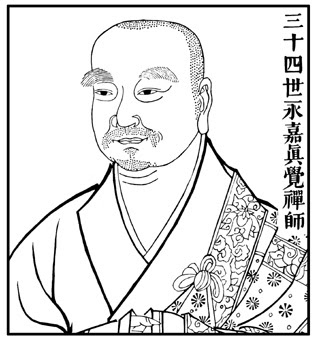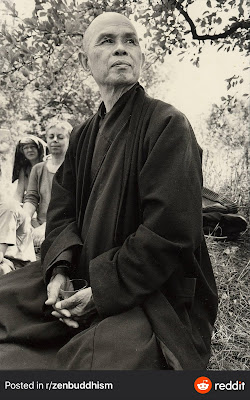I took a meditation class, and we learned the Triratna 4 stage mindfulness of breathing and Buddhaghosa 5 stage metta, done for 20 minutes. I love it so much that I kept going when others dropped out, and was invited to the sangha. Meditating with others was important in the beginning.
6 months later I did a brahmaviharas retreat that blew my mind. I felt so healthy. I read about the puja and stopped thinking it was a cult. Anyway, now I think strong feelings engaged in the spiritual life is really supportive to it, but it won't make sense to people outside the tradition, and thus calling things cultish. For instance I think AA has cultish elements, but heck you might need some powerful emotional pulls to break the spell of addiction.
I asked to be a mitra and asked for ordination in Triratna. I learned the prostration practice, and the refuge tree. I learned lots of meditation, including the 6 element meditation.
Of course I had to sabotage myself and hurt others, but coming out of some craziness, beginning recovery I have found meditation again and I'm absolutely in love with it. I meditate 60-64 minutes every morning and then later in the afternoon.
I do a full minute, 4 minutes per stage 16 stage anapanasati. It took me a while to understand what mental formations were and for all the stages to come alive for me, but I'd say I started really going into about 8 months ago.
I do a 60 minute brahmaviharas, 15 minutes each for metta, karuna, mudita and upekkha. I identify the feeling about me, then others, then gradually radiate until it's infinitely radiating. This is a recent development in terms of evolving what was just a metta practice.
I do a 60 minute 6 element meditation. I'm adding that one in after I do brahmaviharas so I'm positive enough to weather the storm.
Tune in each morning to see which one is most needed. Meditating online has helped, with teachers and friends.
I'm not preparing for a sadhana, I don't have a connection to a guru in a lineage.
I do use nimitta to visualize Tara or Avalokita or Padmasambhava or Manjushri, and others when I feel the need. I can't really see them in my head, but I imagine I can see the thousand arms, or the crown of Tara, or the mustache of Padma, or the sword of Manjushri. The void, and other elements.
I bought a little print of Tara which I gave away to someone, but I felt a really strong connection to it when it was on my shrine. I sometimes read the 21 praises of Tara. I've skimmed some sandhana books about various Bodhisattvas, but I do feel a guru
Pure awareness, just sitting, shikanza or formless meditation is used when I'm adding in an unplanned meditation in the afternoon or in the evening. The suggestion is that you alternate formless meditation with formed meditation, but I bet I only do it a quarter of the time.
I spontaneously do pure awareness in formed meditation sometimes, I get lost, so I just sit, and let that happen for a while, and then I pick up mudita, or impermanence or space when I remember. I'm not a ruthless taskmaster with myself. I try to curb dreaminess and fantasizing, but I also just watch it sometimes, with my observing mind. Look at what my mind is doing now...
I feel these 4 fleshed out practices, are quite amazing. There's a kind of dynamism, and synergy, and they really flow into having a relinquishing readiness.
In one of K's recent interviews, asking about where the system of meditation comes from, and of course it comes from Sangharakshita, but I feel like he discovered it, as other have. It was shakes out in an inclusive ecumenical movement that doesn't have a lineage. You're supposed to not bring no lineage up, or Sangharakshita's sexuality or a lot of mistakes made along the way. I don't feel it needs to keep things hidden or shielded, let's talk about everything. We can talk about Chogyam Trungpa's mistakes, about scandals and exploitation in the guise of spirituality. That's part of it too. We are human. I found the 80's movement in rural Oregon by Bhagwan Rajneesh fascinating. It's all fascinating to me. Humans have a desire to push past the conventional or the Christianity of their grandparents.
Of course everyone's practice is different because we're all so different. And there are different traditions and emphasis. I was visiting the Zen Mountain Center, and I asked the women if they had a system of meditation, but honestly we didn't talk further, so I never heard hers. I don't really know.
You get these books like A Record of Awakening and Mastering The Core Teachings of the Buddha, but the system of meditation isn't talked about. I kind of feel like Sangharakshita has many amazing contributions to Buddhism, if it will be allowed as a lay movement in Buddhism, that is neither monastic nor lay. For me it's the system of meditation.
Add in the synergies and complementary practices of non-violent communication, focusing, feldenkrais, yoga, nature, poetry, arts, scholarship and activism and you've got quite a supportive package of development, to evolve. For the higher evolution. To be creative and not reactive. The community is really vibrant. I am grateful to have learned from them.


























